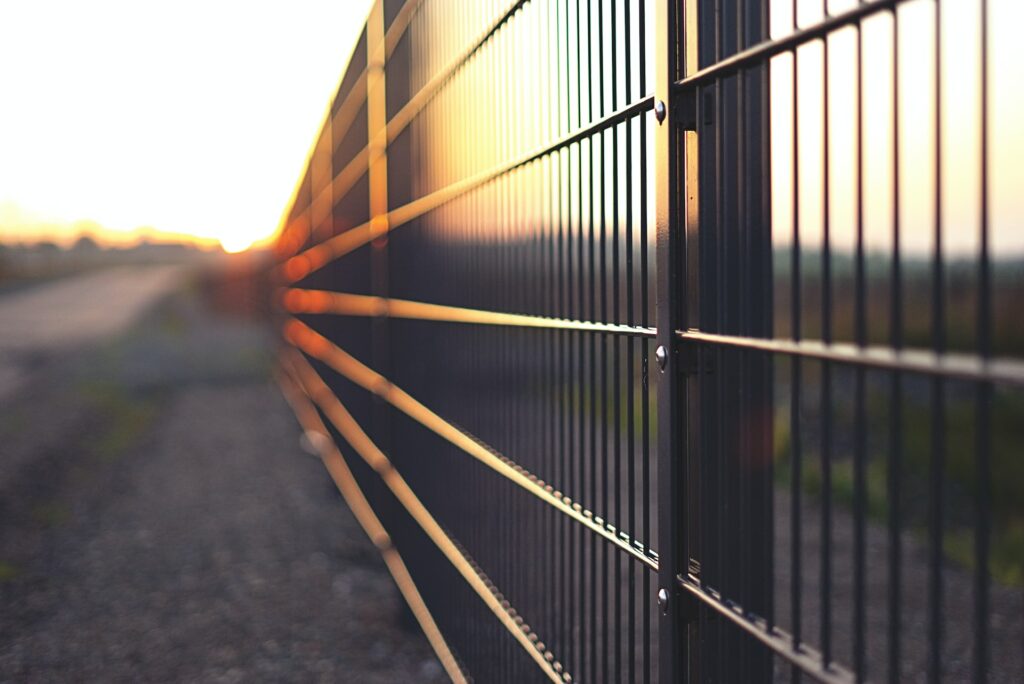There are many different types of fences available on the market today. Whether you are looking for a fence to keep your property secure, or just want something to accent your landscaping, there is a fence out there that is perfect for you. Here are just a few of the different types of fences that you may want to consider for your home or business:
Wood Fences
Wood fences are a popular choice for both residential and commercial properties. They offer a natural look that can complement any type of architecture and can be stained or painted to match your existing exterior. Wood fences can be either solid or picketed, and you can also choose from a variety of different styles, including solid panel style or split rail.
Chain link fences
Chain link fences are another popular choice for residential and commercial properties. They can be installed quickly and are very affordable when compared to other types of fencing options. They also offer security by keeping unwanted visitors out of your property. However, chain link fences do not usually provide much in the way of privacy, so they may not be the best choice if you are looking for a fence to keep your property secure.
Vinyl Fences
Vinyl fences are another popular fencing option that is becoming more popular in recent years. Vinyl fences are made from a durable plastic material that is designed to resist weathering and fading. They are also very easy to maintain, and can be cleaned with a garden hose or power washer. Vinyl fences come in a variety of different colors and styles, so you should be able to find one that compliments your existing landscaping.
how to build a wire fence
To build a fence, you will need to have posts and wire. In this article, we’ll go over the steps of building both a wood post and wire fence as well as an alternative using metal T-posts and wire mesh. You may choose different materials depending on what kind of animals you’re trying to keep in or keep out, how tall you need your fence to be, and what kind of look you want.
1. Decide on the purpose of your fence. This will help you determine the height, material, and design of your fence. If you’re trying to keep small animals in, you’ll need a shorter fence with smaller mesh. If you’re trying to keep larger animals out, you may need a taller fence that has larger mesh.
2. Determine the height of your fence posts and wire. To keep small animals from getting out, you’ll want to build your fence at least six feet tall. This will prevent them from jumping over it or digging underneath (unless your soil is very soft). If you’re trying to keep deer out, you’ll need an eight-foot fence.
3. Choose the type of material you want to use for your fence posts. Wood posts are typically the cheapest option, but they can rot over time and may require more maintenance than metal posts. Metal posts, such as T-posts, are more durable and often last longer than wood posts. However, they can be more costly to purchase initially.
4. Decide which type of wire you want for your fence. The most common types are chicken wire and horse wire, both of which come in different mesh sizes. If you’re trying to keep small animals in, chicken wire with a smaller mesh is better. If you’re trying to keep larger animals out, horse wire with a larger mesh will work best.
5. Once you have your posts and wire, lay them out in the desired design for your fence. Make sure that your wire is stretched tight and secure before attaching it to your fence posts using staples or twisted wire ties.
6. For a more decorative touch, you can paint your fence posts or add wire designs to the top of your fence. You may also want to add electric fencing along the top of your regular fence for extra security.

